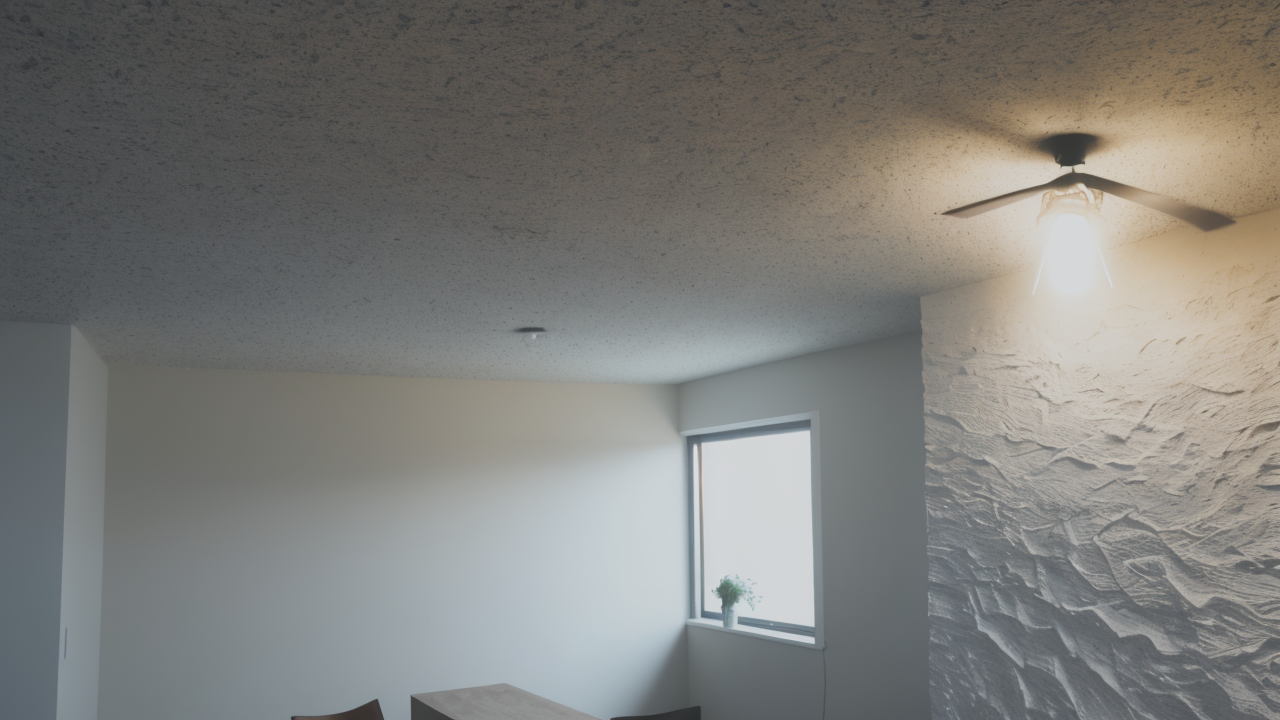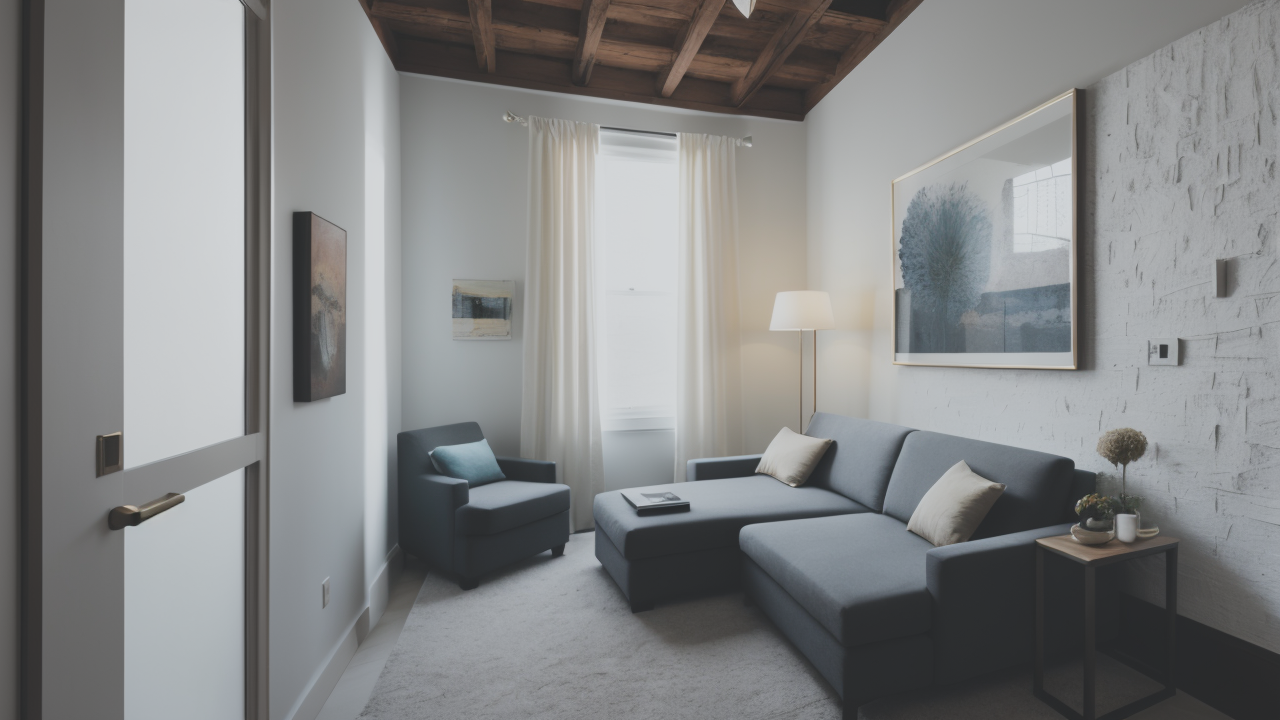
From Blank Canvas to Nawabi Splendor: Transforming Walls with Textured Plaster Art
Understanding Textured Plaster Art: A Primer
The Materials and Techniques of Plaster Art
Textured plaster art is a unique form of wall decor. It uses plaster as the main medium. Artists mix plaster with

pigments and additives. This creates a moldable substance. The plaster can be applied in various ways. Some use
trowels, while others prefer brushes or rollers. Each tool creates a different texture.
The technique involves layering and sculpting the plaster. Artists can create depth and dimension. They may use
stencils or freehand designs. Some add materials like sand or stone for extra texture. The result is a
three-dimensional artwork that's part of the wall itself.
The Evolution of Plaster Art in Modern Decor
Plaster art has a rich history. It dates back to ancient civilizations. In modern times, it's seen a revival. Today's
artists blend traditional methods with new ideas. They create pieces that fit contemporary spaces.
Plaster art has evolved beyond simple textures. Artists now create intricate designs and patterns. Some mimic natural
materials like stone or wood. Others create abstract or geometric shapes. The art form has adapted to suit modern
tastes. It offers a unique alternative to paint or wallpaper.
Why Textured Plaster Art Stands Out in Home Decor
Textured plaster art offers several benefits. It adds depth and interest to walls. Unlike flat paint, it creates
shadows and highlights. This can make a room feel more dynamic and alive. The texture also helps to hide wall
imperfections.
Plaster art is versatile. It can be subtle or bold. It works in any room of the house. From living rooms to
bathrooms, it adds a touch of elegance. The art is also durable. With proper care, it can last for many years. This
makes it a good investment for homeowners.
Crafting Nawabi Splendor: A Step-by-Step Guide
Conceptualizing Your Artwork: Ideas and Inspiration
Creating textured plaster art starts with a vision. Look for inspiration in nature, architecture, or other art forms.

Consider the room's style and color scheme. Think about the mood you want to create. Do you want something calming or
energetic?
Sketch your ideas on paper first. This helps you plan the composition. Consider the wall's size and shape. Think
about how light will interact with the texture. Look at samples of different plaster textures. This can help you
choose the right technique for your design.
The Application Process: Tips and Tricks
Preparing the wall is crucial. Clean it thoroughly and repair any damage. Apply a primer to ensure good adhesion. Mix
your plaster according to the manufacturer's instructions. Work in small sections to keep the plaster workable.
Use different tools to create varied textures. A trowel can create smooth or rough surfaces. Brushes can add swirls
or patterns. Experiment with different techniques. Layer the plaster for depth. Allow each layer to dry before adding
the next. Add color as you go or paint after the plaster dries.
Maintenance and Longevity of Plaster Art Installations
Proper care ensures your plaster art lasts. Avoid water exposure in humid areas. Use a soft, dry cloth for regular
dusting. For tougher stains, use a slightly damp cloth. Avoid harsh chemicals that could damage the surface.
Touch up any chips or cracks promptly. This prevents further damage. Consider sealing the artwork for extra
protection. Reapply the sealant every few years. With good care, your plaster art can last for decades.
Textured Plaster Art in the U.S. Market
The Role of Textured Plaster Art in Home and Commercial Spaces
Textured plaster art is gaining popularity in the U.S. Homeowners use it to add character to their spaces. It's

especially popular in high-end homes. Designers appreciate its versatility and unique look.
In commercial spaces, plaster art makes a statement. Hotels use it to create luxurious atmospheres. Restaurants
incorporate it into their decor themes. Offices use it to impress clients and inspire employees. The art form adapts
well to various settings and styles.
Navigating the Art Market: Buying and Selling Tips
For buyers, research is key. Look for artists with good reputations. Ask to see portfolios and references. Consider
commissioning a piece for a truly unique result. Be clear about your budget and expectations.
For artists, networking is crucial. Build relationships with interior designers and architects. Use social media to
showcase your work. Offer workshops to build interest. Price your work fairly, considering materials and time.
Consider offering both custom and ready-made pieces.
The Future of Textured Plaster Art in Home and Commercial Design
The future looks bright for textured plaster art. As people seek unique home decor, demand is likely to grow. New
techniques and materials will expand possibilities. Digital tools may allow for more precise designs.
Sustainability is becoming more important. Plaster art fits well with this trend. It's made from natural materials
and can last for years. As awareness grows, more people may choose it over less durable options. The art form is
poised to become a staple in modern interior design.


